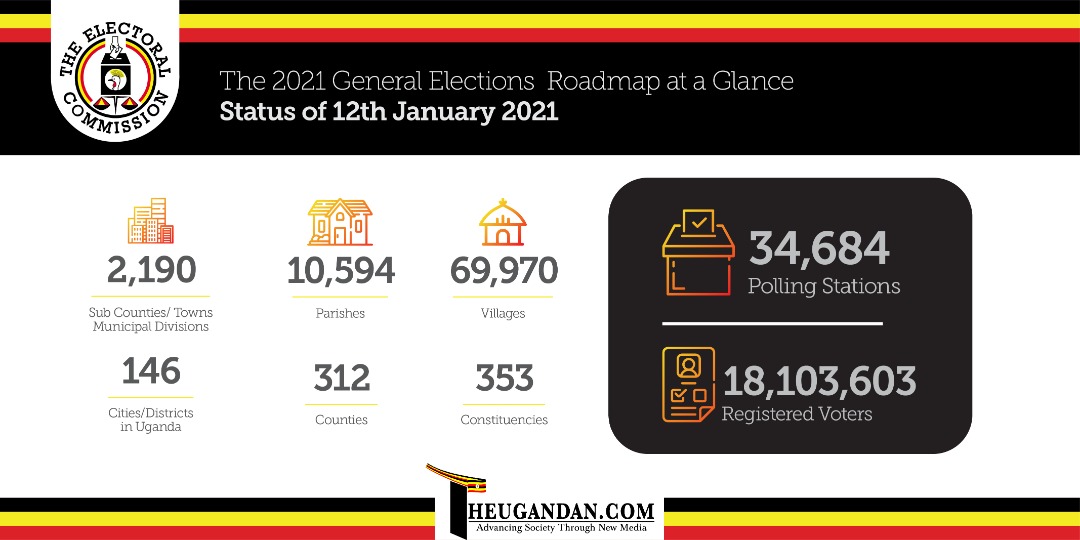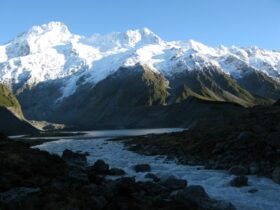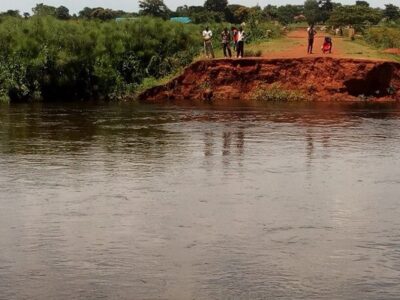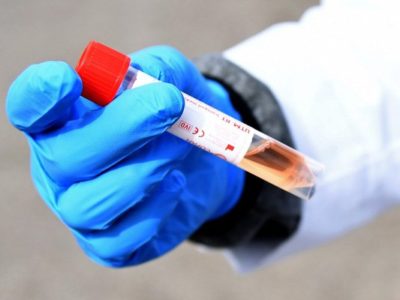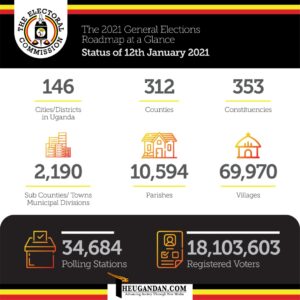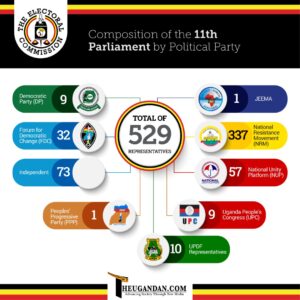By Rebecca Alowo
Most groundwater originates directly from excess rainfall infiltrating the land surface. Thus, land use has a major influence on both groundwater quantity, quality and recharge rates. Different land-use practices leave distinctive signatures on the quantity, quality of groundwater recharge and, in some instances, result in low ground waters hence arid conditions, diffused groundwater pollution, irrespective of climatic conditions.
Similarly, land-use practices influence groundwater recharge rates, especially under more arid conditions. Given the large storage capacity of most aquifer systems, groundwater response to land-use impacts will usually be gradual and often delayed. Nowadays South Africa experiences instant negative impacts, like drought. Why?
- The ability to supply water directly from rainfall using rainwater harvesting, from springs and surface water (with or without piped distribution), or from groundwater using hand-dug wells and boreholes, depends fundamentally on the availability of rainfall, surface water or groundwater – in other words on water resources. Both the quantity and quality of water resources vary between areas and over time.
- Numerous changes, trends and threats are affecting water resources around the world. These include population growth and urbanization, increasing water demands, increased degradation of the environment, high levels of natural climate variability, and the effects of man-made climate change.
- In arid and semi-arid areas of South Africa, communities may only have a limited number of wells and boreholes where they can access groundwater needed for multiple purposes, not just drinking water provision. Water availability at these points can be limited. In dry periods, there can be long queues and competition for access between different water users. Conflicts between on land use amongst women, livestock keepers and farmers can arise in the absence of operating principles assuring fair access for different users. Livestock can cause pollution of water sources and damage to infrastructure.
- Often technical bits that should monitored such as (low yields, poor water quality, mechanical breakdown), causal factors (poor siting, poor construction, wrong materials, wrong borehole design, lack of supervision and many others) and the underlying conditions of lack of hydro geological understanding, weak procurement processes and lack of technical and financial capacity of communities, also compound threats to water supply and use.
- Because the impacts of many of these threats are difficult to predict accurately, it is essential that water resources and the factors that affect water availability are carefully monitored. It is only through such monitoring that well-informed management decisions and operating principles can be used to improve water security and ensure fair allocation of water for different purposes.
Rebecca is Alowo a DEng student at Central University of Technology Free State South Africa. The writer works as a Senior Consultant Research Studies at Quantum Executive Education. The writer also free lances under Kenyonyozi properties.
